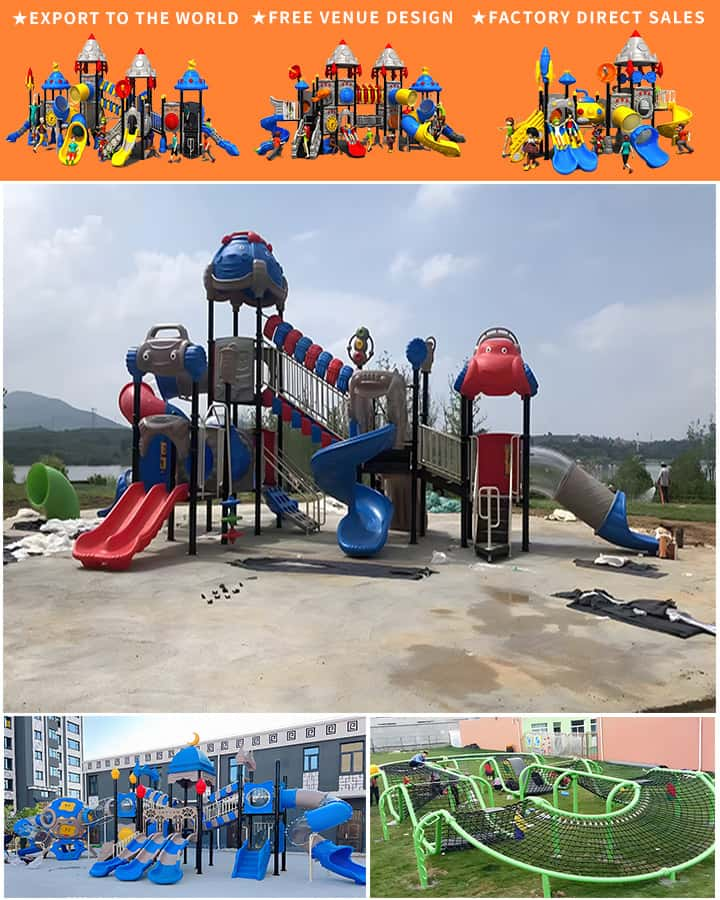Ensuring that elementary school playgrounds are equipped with safe, engaging, and diverse play structures is critical for fostering children’s physical health, social skills, and overall well-being. In today’s fast-paced world, where screen time often competes with outdoor activities, it is more important than ever to create environments that encourage children to engage in physical play. This article explores why high-quality elementary school playground equipment is essential and how it contributes to the developmental needs of children.
Promoting Physical Health
One of the primary reasons for investing in quality playground equipment is to promote physical health among young students. Engaging in regular physical activity is crucial for the healthy growth and development of children. Playground equipment such as swings, slides, monkey bars, and climbing structures provide opportunities for children to develop motor skills, build strength, and improve coordination. These activities can help combat childhood obesity and related health issues by encouraging a more active lifestyle.
Enhancing Social Skills

Playgrounds serve as social hubs where children from different backgrounds come together to play and interact. High-quality playground equipment often includes features like group swings or cooperative play structures that encourage teamwork and communication. Through shared play experiences, children learn essential social skills such as cooperation, empathy, conflict resolution, and leadership. These interactions are vital for emotional and psychological development and can have long-lasting effects on a child’s ability to form relationships and navigate social situations.
Stimulating Creativity and Imagination
Quality playground equipment is designed to stimulate creativity and imagination. Unlike structured sports or organized activities, free play allows children to explore and invent their own games and scenarios. Playground elements like seesaws, sandboxes, and interactive panels offer endless possibilities for imaginative play. This creative engagement not only enriches a child’s experience but also supports cognitive development by encouraging problem-solving and critical thinking skills.
Ensuring Safety
Safety is a paramount concern when it comes to playground equipment. High-quality playground installations adhere to stringent safety standards, using non-toxic materials and designs that minimize the risk of injury. Features such as soft rubber mats or wood chips under play structures, rounded edges, and appropriate height settings for equipment ensure that children can play safely. Well-maintained playgrounds reduce the likelihood of accidents, giving parents peace of mind while allowing children to enjoy their playtime to the fullest.
Accessibility and Inclusivity
Modern playground designs prioritize inclusivity, ensuring that all children, regardless of their abilities, can participate in play. Inclusive playground equipment incorporates features like ramps instead of stairs, sensory-rich zones, and adaptive swings that cater to children with different physical and sensory needs. By providing an inclusive environment, schools can foster a sense of belonging and community among all students, promoting diversity and acceptance from a young age.
Conclusion
The significance of quality elementary school playground equipment cannot be overstated. It plays a crucial role in promoting physical health, enhancing social skills, stimulating creativity, ensuring safety, and fostering inclusivity. As educators, parents, and policymakers continue to advocate for better educational environments, investing in well-designed, safe, and inclusive playground equipment remains a fundamental step towards nurturing happy, healthy, and well-rounded children.




